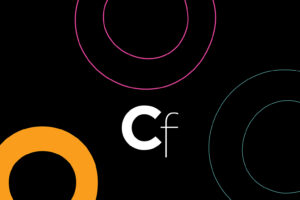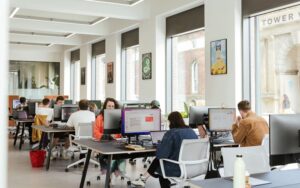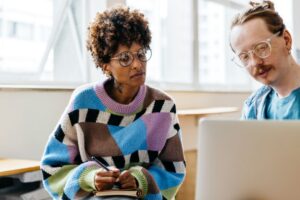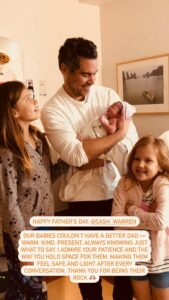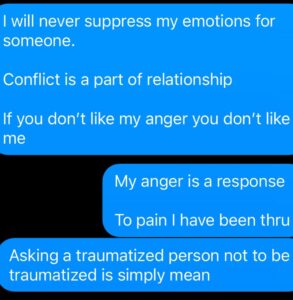LA Museums Have Failed Undocumented Immigrants
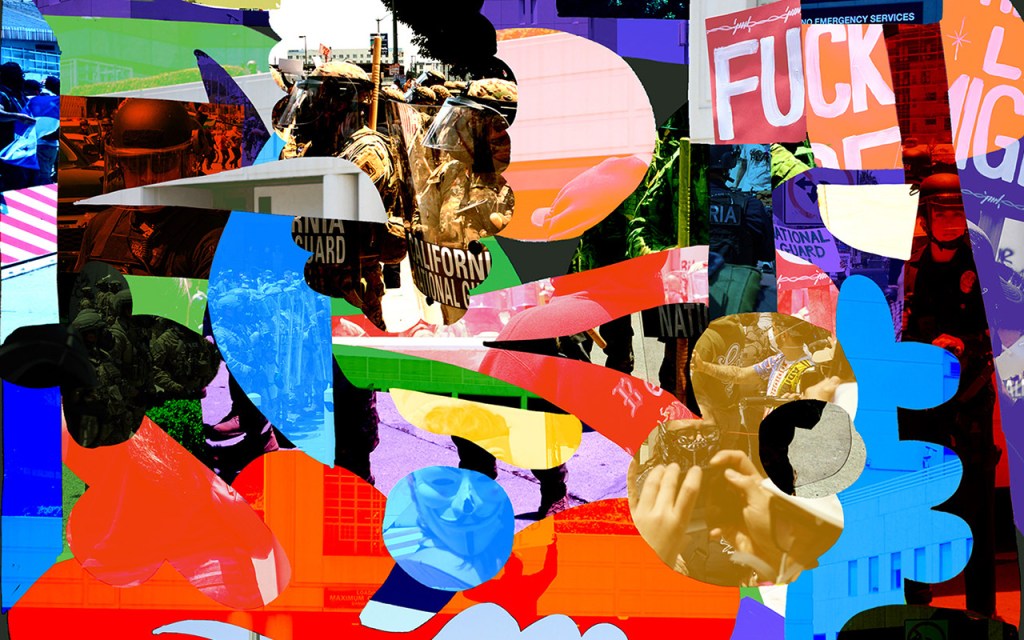


The United States government is terrorizing undocumented immigrants across the country. In Los Angeles, the National Guard was deployed unlawfully inside a sanctuary city, county, and state. Some of the most memorable photographs of the LA protests have museums in the background. Yet, by and large, the city’s major arts organizations remain silent.
In a city of over 800 museums, fewer than a dozen have publicly voiced their support for the undoc+ community, with the majority of institutions exclusively speaking out in solidarity with “immigrants” and “migrants.” This signals a systemic issue we are facing in the arts ecosystem. While every undoc+ individual is an immigrant, not every immigrant is undocumented. Conflating the two signals the lack of knowledge that arts organizations have on the subject; it is also a clear identifier of the lack of undoc+ voices in positions of power in museums and other arts organizations. In a community where status signaling has been a cause for deportation historically, inclusive language is necessary to mitigate proximity to legal harm. Undoc+ stands for currently or formerly undocumented, indicating a lived experience, not a legal differentiation.
The word “undocumented” did not make it to the list of words to remove from grants if an organization hopes to secure arts funding from the current administration. Yet, museums and arts organizations refuse to use it. Undoc+ artists in the United States have been featured in the Whitney Biennial, Made in LA, have had major retrospectives at museums nationwide, and have participated in the Venice Biennale. Yet museums today still can’t talk about undocumentedness and presume that speaking about immigration is one and the same.
In recent days, we have learned that Honduran, Ethiopian, Ukrainian, Dominican, Haitian, and Vietnamese people have died in ICE custody while witnessing congressmen and women denied entry to detention centers where undoc+ immigrants and citizens alike are detained. Undocumentedness — contrary to what mainstream media would have us believe — is not a Mexican or Latine/x exclusive concern, but an issue with global ramifications. Undocumented is also not the opposite of citizenship in a country with multiple legal layers of protection, or lack thereof, for certain groups, residents, dacamented, exiles, refugees, and more.
Community-focused museums are beginning to join this conversation. The Japanese American National Museum (JANM) led the way in issuing a statement on the “Defense of History, Democracy, and Civil Rights” on February 11, which publicly questioned “the policy to invoke the Alien Enemies Act of 1798 to carry out mass deportations without due process, a policy historically used to target marginalized communities.” The statement was released four months before the National Guard arrived in Los Angeles, targeting marginalized communities for mass deportation without due process.
Today, only a handful of arts organizations have followed in JANM’s footsteps. Plaza de la Cultura y Las Artes, the Chinese American Museums, Grand Performances and JANM released a joint statement opposing the “unjust mass deportation of immigrants;” the Social and Public Art Resource Center claimed their “unwavering solidarity with our immigrant communities;” Vincent Price Art Museum’s brief communiqué only mentions the word immigrant as a referential; and the Museum of Latin American Art’s statement only uses the word “immigration” to speak of enforcement. But where is MOCA’s solidarity, considering the protests are taking place in MOCA Geffen’s parking lot? Where is LACMA, which serves the entire population of this county? Or the Getty, Broad, UCLA’s Hammer Museum, and every other arts organization in the city — where are those voices in this conversation?
If museums can’t utilize the word “undocumented” publicly, how are they serving the undoc+ population of LA? In a county of over one million undoc+ individuals, why is undocumented a bad word in the arts sector? Los Angeles County is nearly 50% Latine/x, 15% Asian, and 19% Mixed-race, meaning that more than half the city is either undoc+ or the child or a grandchild of an immigrant (undoc+ or not). The entire responsibility for making space to speak about undocumented concerns inside institutions should not rest upon the shoulders of artists who stand in solidarity.
I recently called out museums to do better by the undoc+ community via Instagram, and the private responses I received spoke of everything from the lack of language inclusion in wall labels to the exclusion of undoc+ staff positions (which, for the record, can be done legally). Then there were countless excuses citing the obstacles mounted by conservative museum board members. If museums primarily serve the agendas of a handful of individuals, and museum staff fear voicing their solidarity, why is attendance still considered the predominant measure of success? If museums keep ostracizing their community, how can they expect our support?
On a positive note, the LA nonprofit Self-Help Graphics spoke out regarding the “cruel and deliberate escalation in the targeting of immigrant communities—especially Black, Brown, Indigenous, working-class, and undocumented people,” and ICA LA joined this conversation to “stand in solidarity with those peacefully protesting the unjust deportation of undocumented immigrants,” providing a slight yet much needed nuance to highlighting the complexity of this issue, and thus providing a glimmer of hope that museums might one day unite in solidarity with undoc+ people, like they do with other communities. All of which leaves me wondering: Could museums one day become sanctuaries for undoc+ artists?
